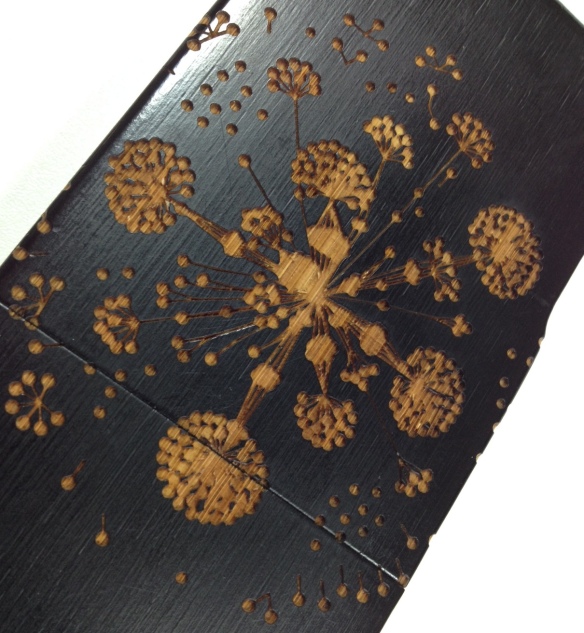Mapping Research on Urban Sustainability
In this guest post by anthropologist Charlotte Johnson, she discusses her perspectives on the PICKs project (published earlier this month in Sustainability: The Journal of Record and available open source).
When asked to ‘map all the research related to cities and resources at UCL’ my first thought was ‘eek’, and not just due to the overwhelming size of the task (UCL has a research body of over 4000 people). But from a critical perspective mapping can be an act of epistemic violence – what gets put on the map and why, who gets to decide on the parameters? For me, a map is an object fraught with imperial overtones not to mention the hubris in attempting to comprehensively represent an ever-shifting landscape.
Coming from background in social anthropology and geography, I’ve been trained to treat representations of communities with scepticism and to question whose interests they serve. My default position is to dig behind a map’s seductive simplifications and look for how power is consolidated via tools that define people through their practices and the territories they operate in. But of course maps are useful things and, as any participatory planner will argue, they can be developed to serve the needs of a community, to empower groups rather than govern them.
Mapping research landscapes does seem like a good idea, particularly for an ever-more loosely delineated research field like urban sustainability and particularly in today’s universities – full of research collaborations and consultancies. It’s not uncommon to go to a workshop at the other end of the country and meet a person from somewhere in your own campus. Or hear a conference talk précised with a confession that the presenter is moonlighting as an urban sociologist from their day job in chemical engineering. Research relevant to your interests might be happening in your vicinity, but can be hard to locate. Researchers may not be in the departments you expect them to be in, or may not be working on topics you’d imagined. There’s a sense of uncertainty that you might be missing something crucial, or overlooking some radical collaboration because you’re unaware of them, or find it hard to position your research interests relative to others’.
These were the kind of issues that came out when I was interviewing UCL staff about whether they thought a sustainability research map might be useful and what they thought should be on it. Through these discussions I understood the potential benefit of mapping to open up routes for collaboration. But I was also open to the argument that ‘sustainability’ is now too broad to be a useful signifier of a research field, or worse, it hides within it normative assumptions about capitalist relations of production and economic growth. As more and more research areas are drawn into the sustainability field, they can feed a pervasive acceptance that life as we live it today can and should be sustained and avoid questioning the power imbalances that are also sustained or the alternatives that are silenced. The mapping process also had to offer a way to critique this ever expanding territory of ‘sustainable cities research’ and draw out the range of critical positions relative to research on how cities use resources.
These interviews helped to shape an idea of a useful mapping tool, but importantly, also put me in touch with Martin at CASA, who luckily knows how to make map type visualisations. (He also came up with a name – PICKS or Post-dIsCplinary Knowledge Space – he plays fast and loose with capitalisation when it comes to acronyms).
Martin makes force graph visualisations – see his blog post here for more detailed description. But for the non-programmers, his visualisations let you to create dynamic Venn diagrams helping you to identify people who are working on similar issues to yourself (you can have a go via this link here). It lets you cluster your own cohort of researchers from across a university within the deinstitutionalised (or “post-disciplinary”) terrain of the map.
We decided to make the research issue the priority and the way to navigate the different types of work being done, but also to include different research perspectives. So you can click the ‘water’ node and all the researchers with this interest are pulled out of the sea of sustainability researchers, regardless of whether they’re an artist, a biologist, or a civil engineer. But you can also click nodes related to the research approach, and tease out whether the research is using sustainability as a useful metric, or critiquing it as capitalist ‘greenwash’.
We’ve just had the paper we wrote about this process published, which you can read here. It talks about how university research landscapes are changing as established knowledge hierarchies are challenged by the cross disciplinary collaborations assembled to tackle applied issues. We argue that mapping is a process that helps to document this change, and enable new collaborations and perhaps produce useful tools to support the new science collaborations needed for sustainability research and to create counter narratives.
The broader issue here is that traditional disciplinary boundaries aren’t really demarking the territories of expertise being deployed to tackle the urgent questions of climate change and urban resource use. Mapping can be a process that helps reflect on this change, but also serve the scholars who are forging new research communities beyond the established and institutionalised parameters of academia.

